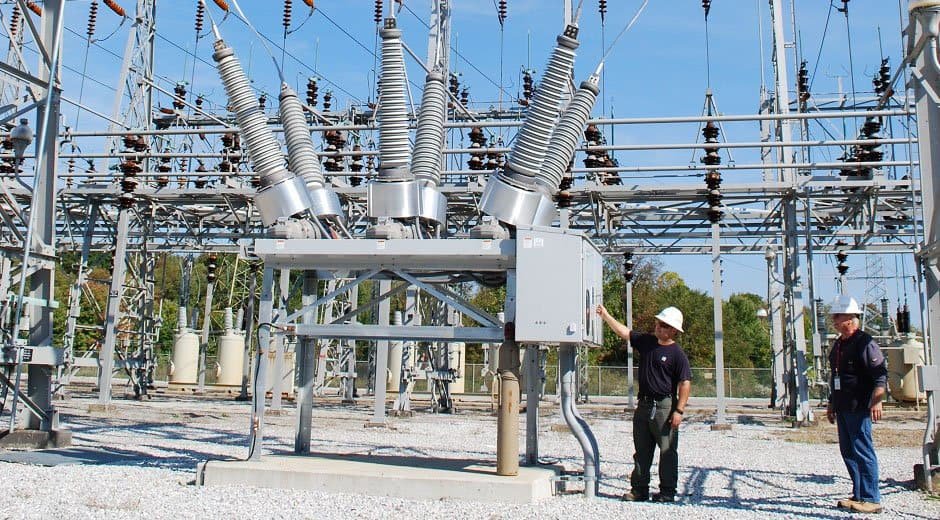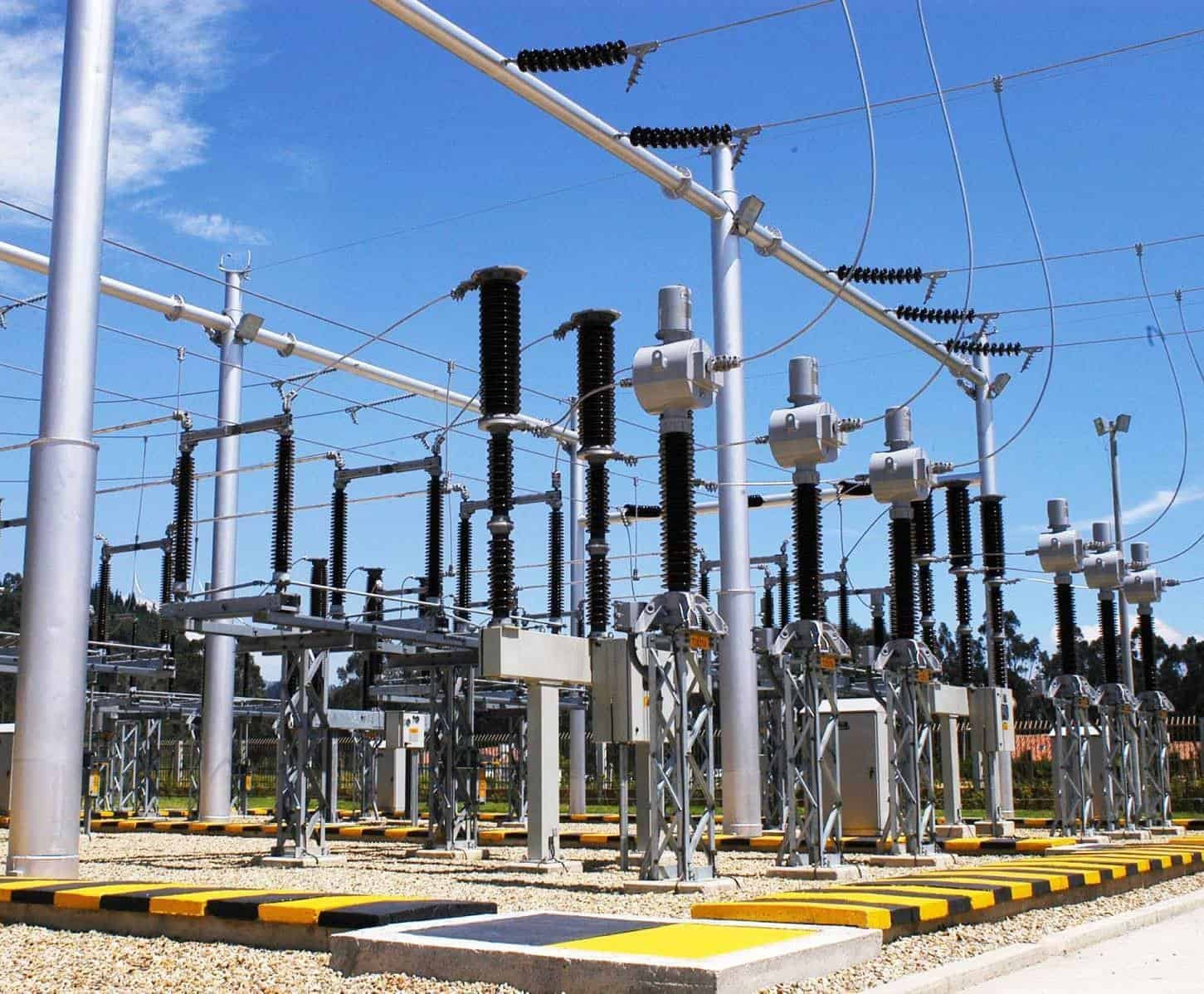You’re spending a lot on third-party testing services for your circuit breakers. Scheduling these services causes delays, and every hour of production downtime costs you money. Let’s calculate the real return on investment (ROI) of bringing this testing in-house.
The ROI of an in-house current injection tester goes beyond simple cost comparison. It includes massive savings from reduced unplanned downtime, increased operational flexibility for scheduling, and the ability to immediately verify repairs, which third-party service fees do not account for. To really understand the ROI, we first need to look at the numbers. The initial cost of the equipment is a major factor for everyone. So, let’s break down the costs of buying the equipment versus hiring a service. This will help us see the full picture.
How much does a current injection tester cost?
The upfront cost of a primary current injection tester can seem high. This large number can make you immediately dismiss the idea of buying one, even if it saves money later. Let’s look at the actual price range and what you get for your money.

A primary current injection test set can cost anywhere from $5,000 to over $50,000. The price depends on its maximum current output, power rating, portability, and advanced features. Most industrial applications find suitable models in the $10,000 to $25,000 range. The price of a primary current injection tester is directly related to its capabilities. A simple, low-current unit for testing small molded-case circuit breakers (MCCBs) will be at the lower end of the price spectrum.
As you need to test larger, more critical low-voltage or medium-voltage power circuit breakers, the required current and power (kVA) increase dramatically, and so does the cost. Portability is another key factor. A lightweight unit designed for field use might cost more than a heavier, stationary unit with the same output because of the engineering required to make it compact. Modern features like automated testing, data logging, and built-in timers also add to the price, but they provide significant value by reducing testing time and minimizing human error. When we look at the cost, we should think about it as a long-term capital investment, not just an expense.
| Specification/Feature | Low-End Range (~$5k – $10k) | Mid-Range (~$10k – $25k) | High-End Range (>$25k) | Impact on Application |
|---|---|---|---|---|
| Max Current Output | 500A – 2,000A | 2,000A – 5,000A | 5,000A – 20,000A+ | Determines the size of breakers you can test. |
| Power Rating (kVA) | 1 – 3 kVA | 3 – 8 kVA | 8 kVA+ | Needed to overcome the impedance of the breaker and leads. |
| Portability | Often two-piece or heavy | Single portable case | Trolley-mounted or modular | Affects ease of use in the field vs. a workshop. |
| Control & Reporting | Manual controls, analog meters | Digital controls, basic memory | Fully automatic, PC software | Automation saves time and improves report quality. |
What are the typical third-party service fees for testing a switchgear lineup?
You get invoices from testing companies, but the costs can seem unpredictable. Mobilization fees, hourly rates, and report charges add up, making it hard to budget accurately for your annual maintenance. Let’s break down how these service companies charge for their work.
Third-party testing services typically charge between $1,500 and $5,000 per day for a two-person crew. This often includes mobilization fees and equipment rental. Testing a single lineup of switchgear with multiple breakers can easily cost $3,000 to $10,000 or more, depending on complexity.
When you hire a third-party service, you are paying for more than just the test. The final bill includes many line items. The “mobilization fee” covers the cost of getting the crew and their equipment to your site. This can be hundreds or even thousands of dollars depending on the distance. Labor is then billed at an hourly or daily rate per technician. You also have to remember that these costs are recurring. If you perform maintenance every year, you will pay these fees every year.
Over five years, the total cost of outsourcing can easily surpass the purchase price of your own equipment. Furthermore, emergency call-outs for a failed breaker will come at a premium rate, often double the standard price. These are the direct costs that appear on an invoice, but they don’t include the hidden costs of aligning your schedule with theirs.
| Cost Component | Typical Cost Structure | Description |
|---|---|---|
| Mobilization Fee | $500 – $2,000+ (one-time per project) | Covers travel, lodging, and logistics for the testing crew and equipment. |
| Daily Labor Rate | $1,500 – $5,000 (per day for a crew) | The cost for the certified technicians to be on-site performing the work. |
| Equipment Rental | Often included in the daily rate | The fee associated with using their specialized current injection test set. |
| Report Generation | $250 – $1,000 | The cost to compile the test data into a formal report for your records. |
| Emergency Call-Out | 1.5x to 2x the standard rate | A premium charge for unscheduled, urgent service outside of business hours. |
How does preventative maintenance with a current tester reduce the cost of unplanned downtime?
A critical circuit breaker fails unexpectedly, and it shuts down your entire operation. The cost of lost production, emergency repairs, and potential equipment damage is enormous. Let’s see how regular, in-house testing can prevent this costly disaster from happening. Preventative maintenance with an in-house tester identifies failing circuit breakers before they cause an outage.

According to industry estimates, the cost of unplanned downtime can be thousands of dollars per minute. By avoiding just one major outage, the tester can pay for itself many times over. The biggest financial benefit of owning a tester is not in saving service fees; it is in preventing unplanned downtime.
When a critical breaker fails, the clock starts ticking on lost revenue. My professional insight is that the true value is operational flexibility. With your own equipment, you can schedule testing during short, planned maintenance windows, like over a weekend or even overnight. You are not dependent on a third party’s schedule.
Imagine a breaker trips and you perform a repair. Instead of waiting a day or more for a service team to come back and verify the fix, your team can re-test it immediately. That ability can shorten an outage by a full day. A single day of saved production in most industrial plants is worth far more than the cost of the entire test set. This is the real return on investment.
| Cost Factor | Unplanned Outage Scenario | Planned In-House Maintenance Scenario |
|---|---|---|
| Lost Production/Revenue | Extremely high; can reach $10,000+ per hour. | Zero or minimal; done during scheduled off-hours. |
| Labor Costs | Premium rates for emergency call-outs and overtime. | Regular wages for your own maintenance staff. |
| Equipment Damage | High risk of cascading failures and damage. | Problems are found before they cause physical damage. |
| Operational Flexibility | None. You are in a reactive, emergency mode. | High. You control the schedule and can re-test instantly. |
What are the training and calibration costs associated with owning a test set?
You might be worried about the hidden costs that come after buying the equipment. What if your team cannot use it correctly, or what if it needs expensive upkeep you did not budget for? Let’s look at the real, ongoing costs of ownership: training and calibration. Owning a test set involves two main ongoing costs. Operator training can range from free (provided by the manufacturer) to a few thousand dollars for a formal course.
Annual calibration is essential for accuracy and typically costs between $500 and $1,500, depending on the machine. These costs are part of the total cost of ownership, and they are very manageable. For training, we as a manufacturer often include basic operational training with the purchase of a new unit. This ensures your team can use the equipment safely and effectively from day one.
For more in-depth knowledge, you can send key personnel to certified electrical maintenance courses. Calibration is a non-negotiable annual requirement. It ensures your test results are accurate and traceable to national standards, which is critical for compliance and safety audits. The process involves sending the unit to a certified laboratory where its output is measured and adjusted. The cost is a small price to pay to guarantee that your maintenance program is based on reliable data. These ongoing costs are predictable and far less than a single annual service call from a third party.
| Ongoing Cost Item | Typical Frequency | Estimated Cost Range | Notes |
|---|---|---|---|
| Initial Purchase | One-Time | $10,000 – $25,000 | A capital expenditure with a long service life. |
| Operator Training | One-Time | $0 – $3,000 | Often included by the manufacturer or can be a formal course. |
| Annual Calibration | Annually | $500 – $1,500 | Essential for accuracy and compliance. |
| Staff Time | As Needed | Internal Cost | The time your own staff spends performing tests. |
Conclusion
Owning a current injection tester is a strategic investment. The real ROI comes from reduced downtime and operational flexibility, which far outweighs the initial cost and ongoing service fees.





